Abstract
Airway pressure was continuously recorded in an isolated horizontally mounted canine heart-lung preparation during abrupt, stepwise 100-200 ml inflations to 20-25 cm water pressure, and subsequent deflations. With each change in volume there was a steep rise or fall in pressure, followed by stress relaxation to a static equilibrium airway pressure. Comparison was made between the nonperfused state and during perfusion with whole blood at 100 ml/kg dog wt per min, and left atrial pressure of 10 mm Hg. Pressure tracings were similar during deflation in the perfused and the nonperfused lung. During inflation, in the middle range of lung inflation volumes, the peak inflation and equilibrium airway pressures were greater in the nonperfused state; maximum difference of static pressures in nine preparations averaged 146% of perfused values and the average stress relaxation difference from eight of these was 276%. Lung distensibility was the same with packed red cells or plasma perfusates and was not changed by varying the perfusion rate up to 220 ml/kg per min. During cyclic ventilation, dynamic compliance was similarly greater in the perfused than in the nonperfused state in the middle range of inflation volumes. Static distention of the vascular bed produced similar results with progressive improvement in distensibility in mid-inflation range up to a hydrostatic pressure of 15 cm blood. These data suggest that the distended pulmonary vascular bed provides structural airway support which facilitates entry of gas into the terminal respiratory units at diminished pressure.
Full text
PDF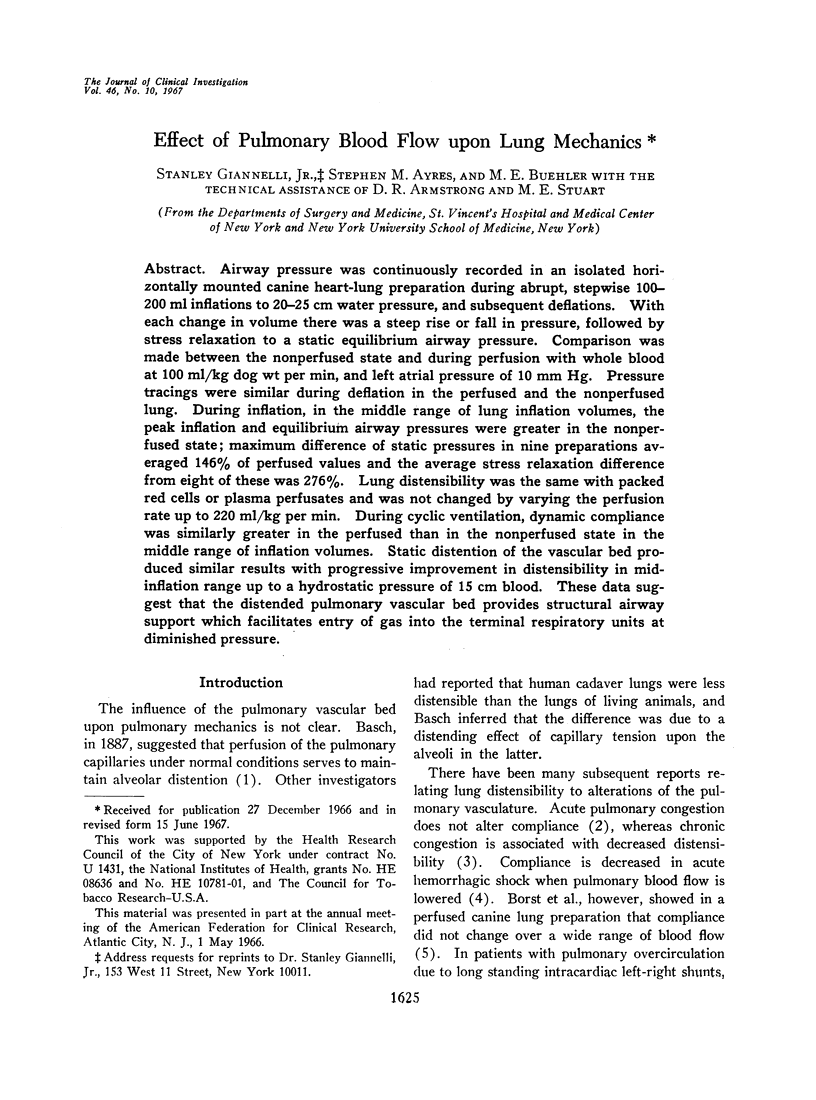
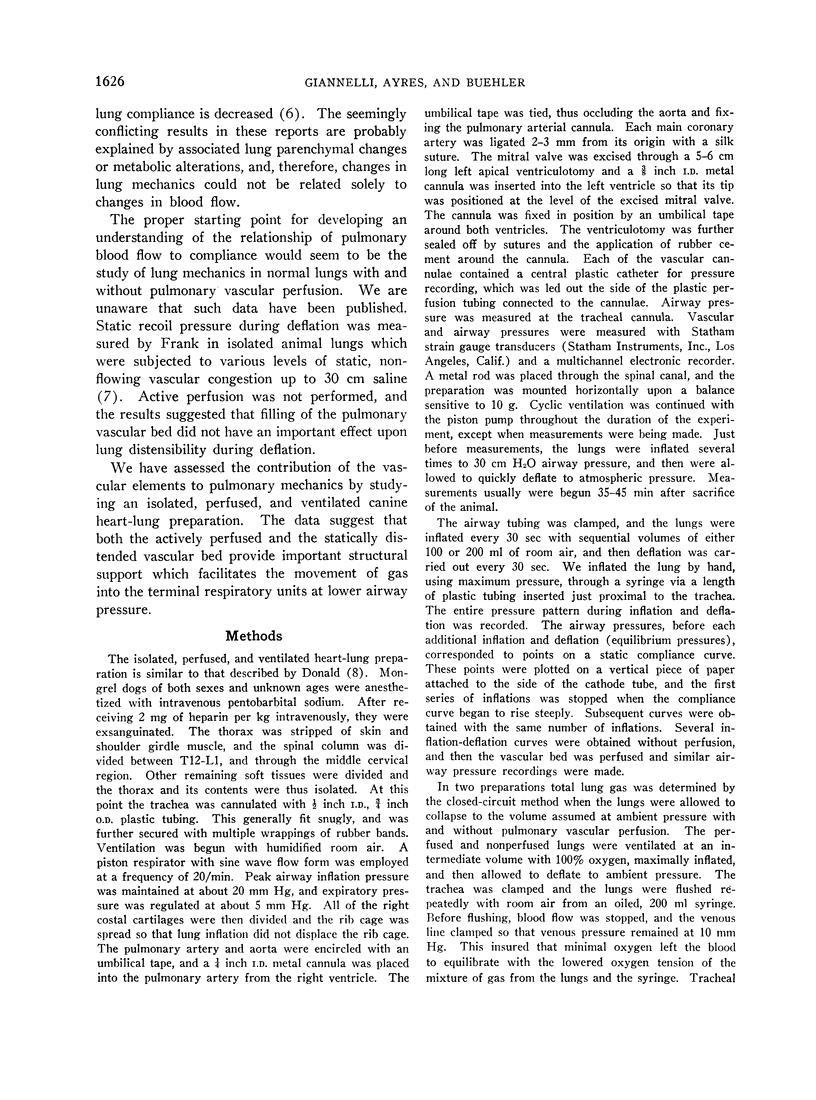
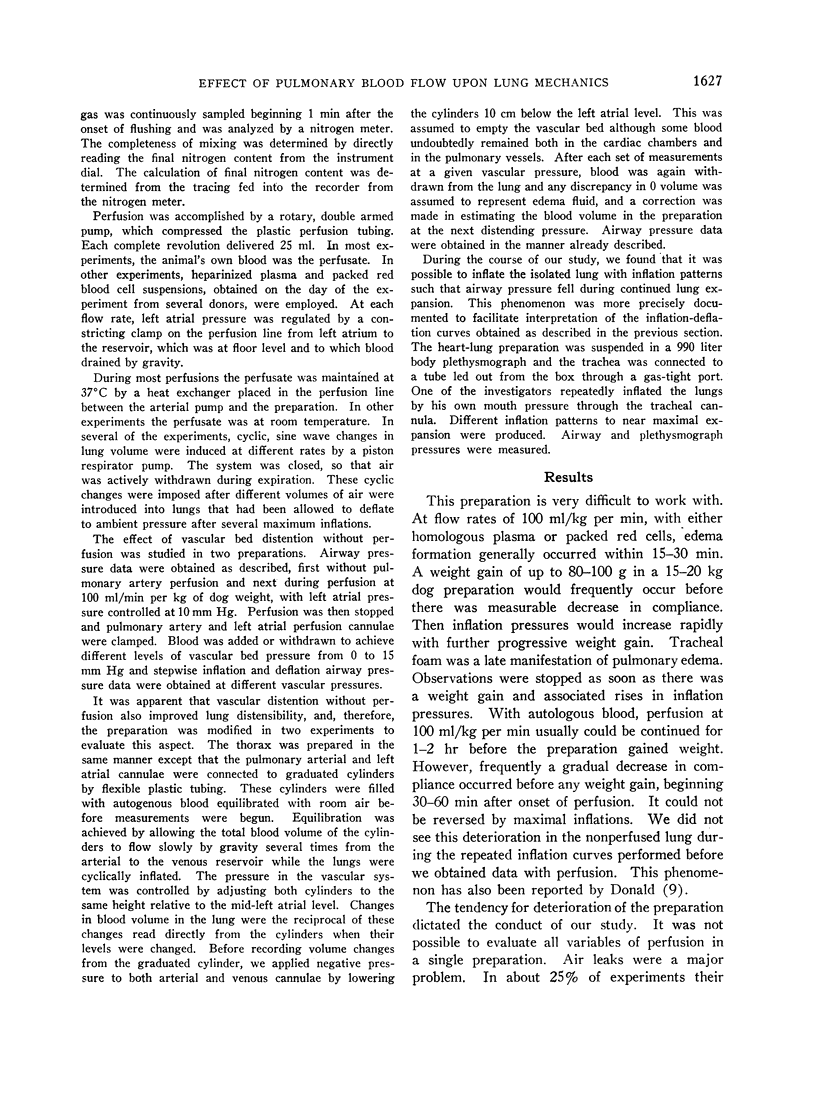
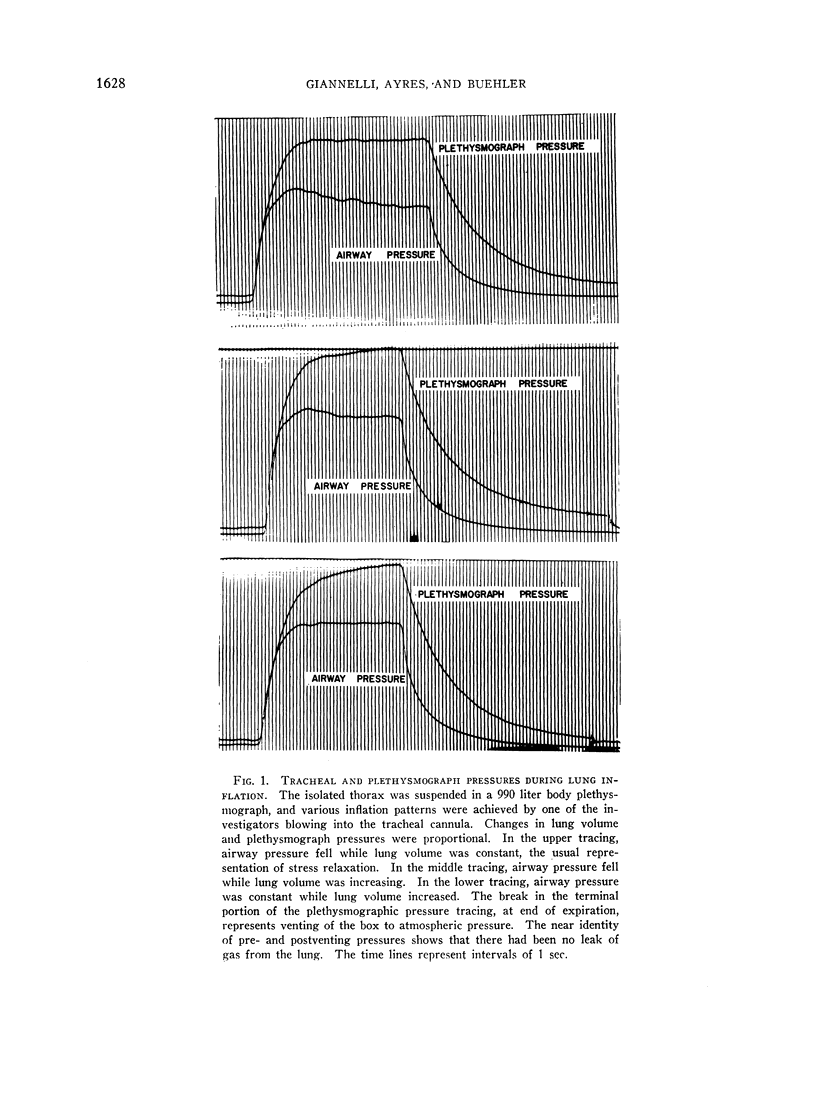
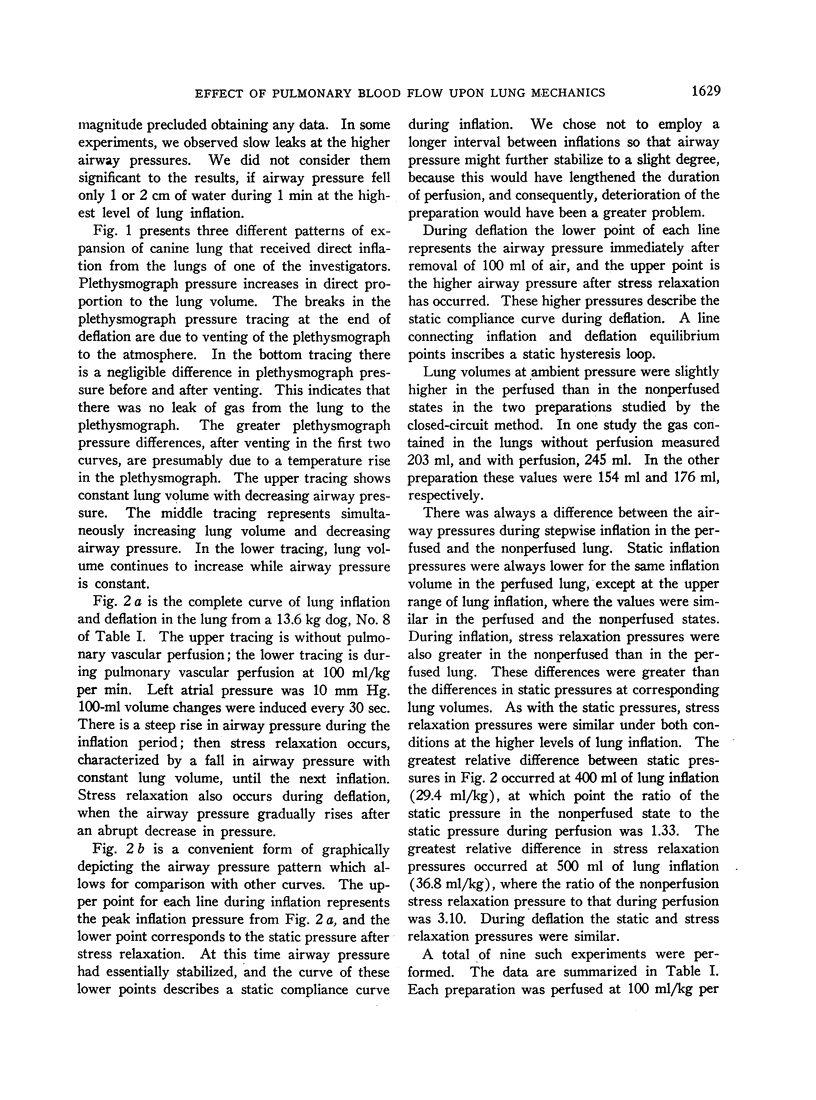
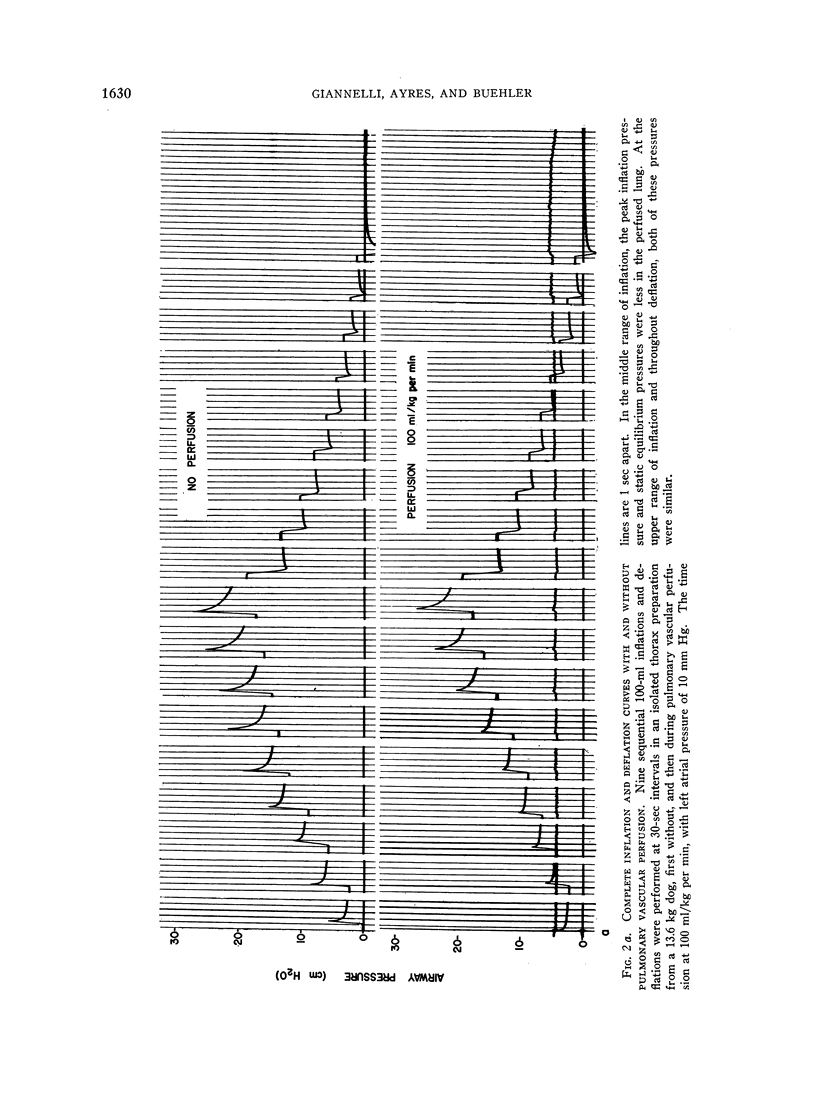
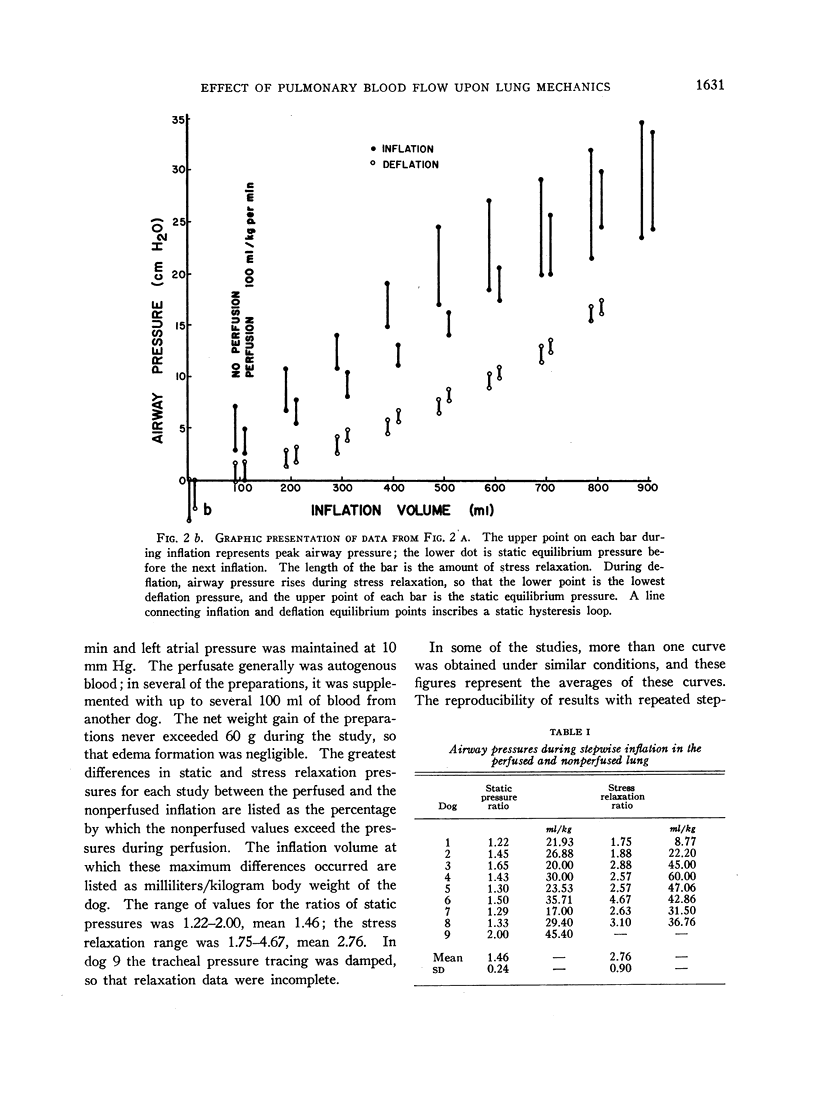
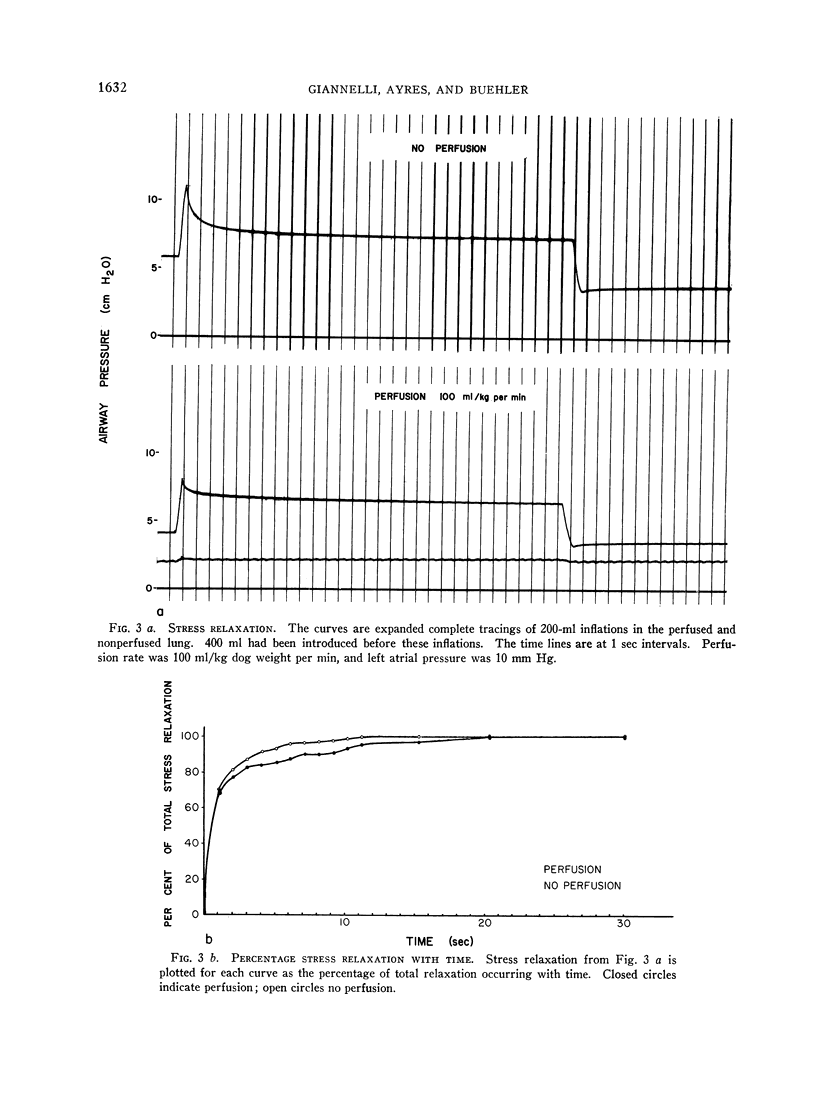

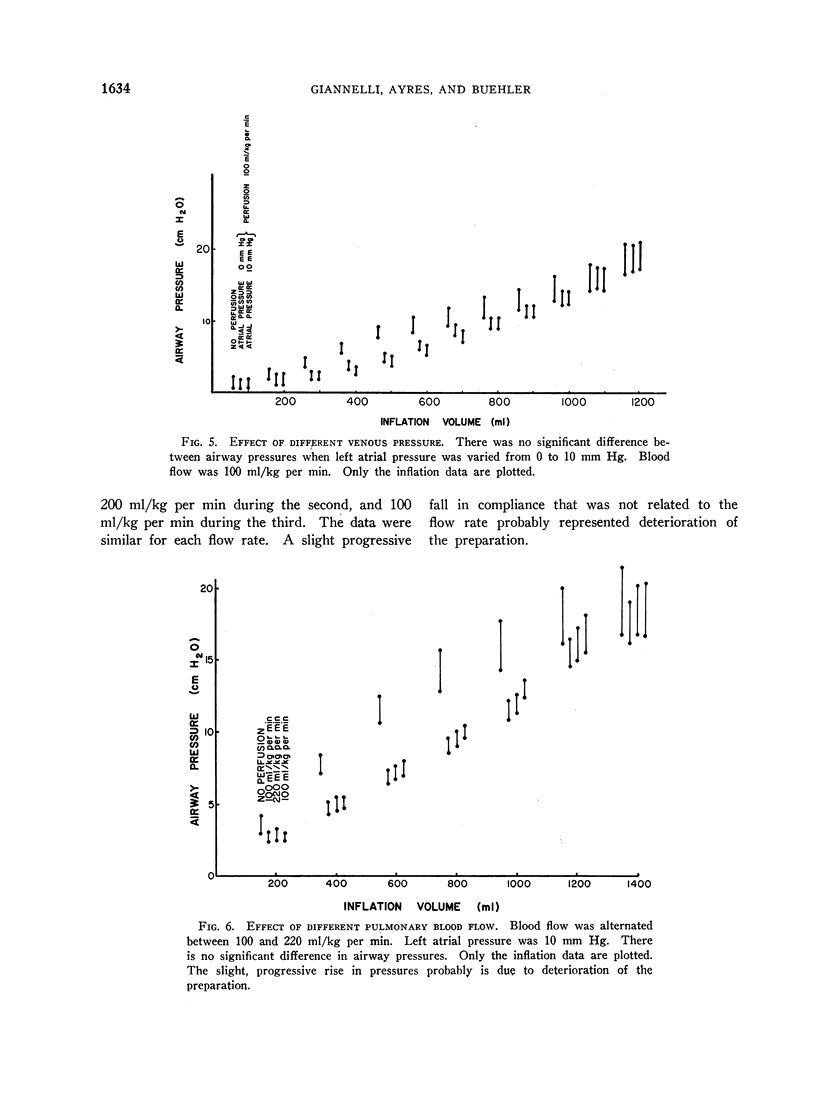
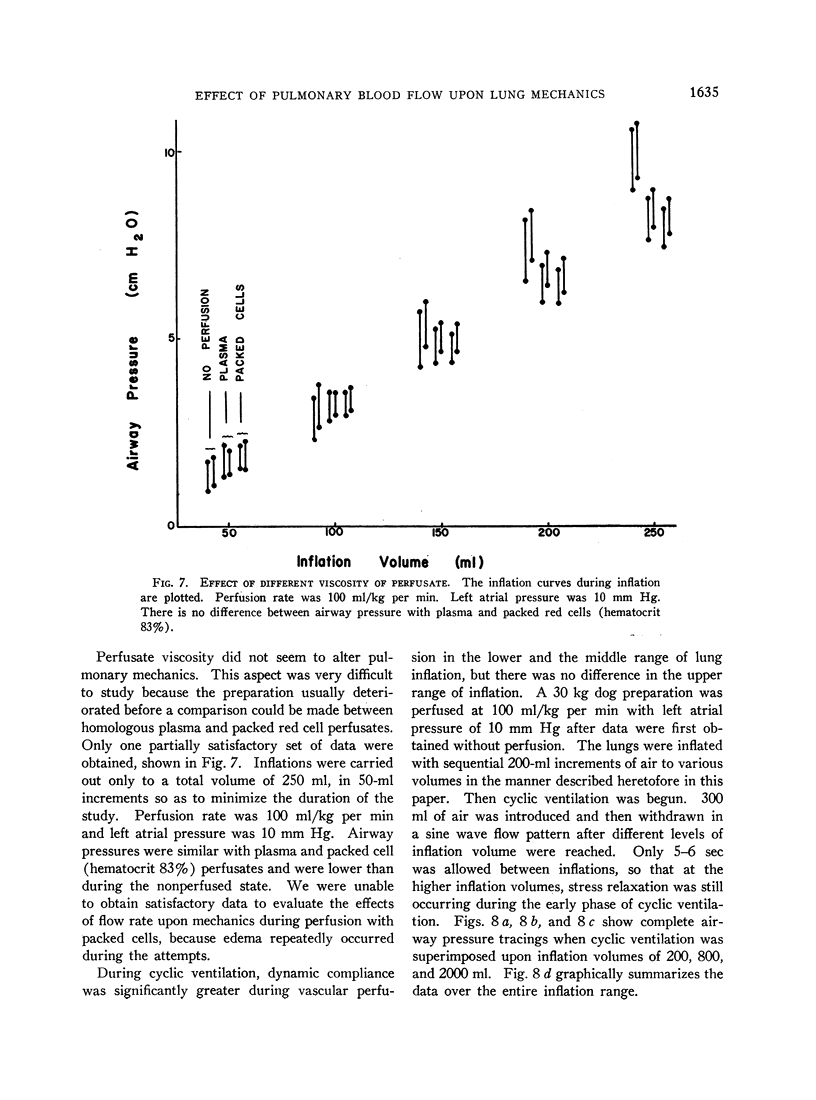
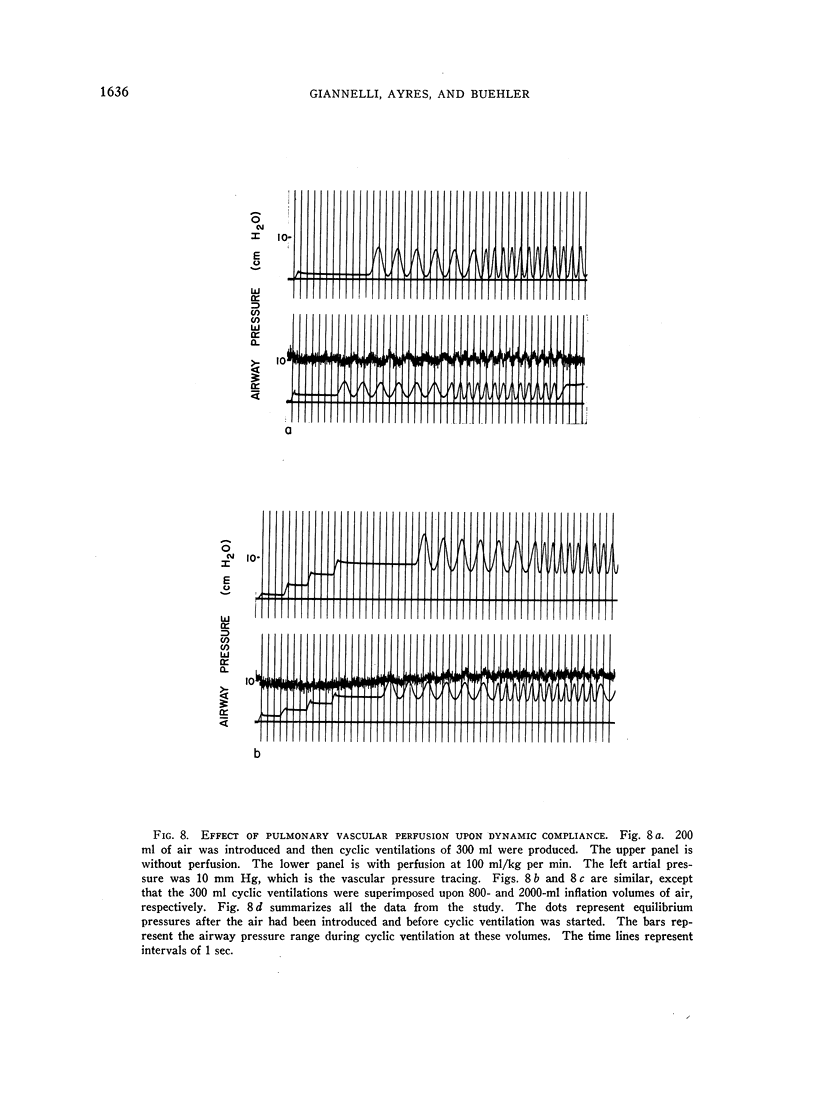
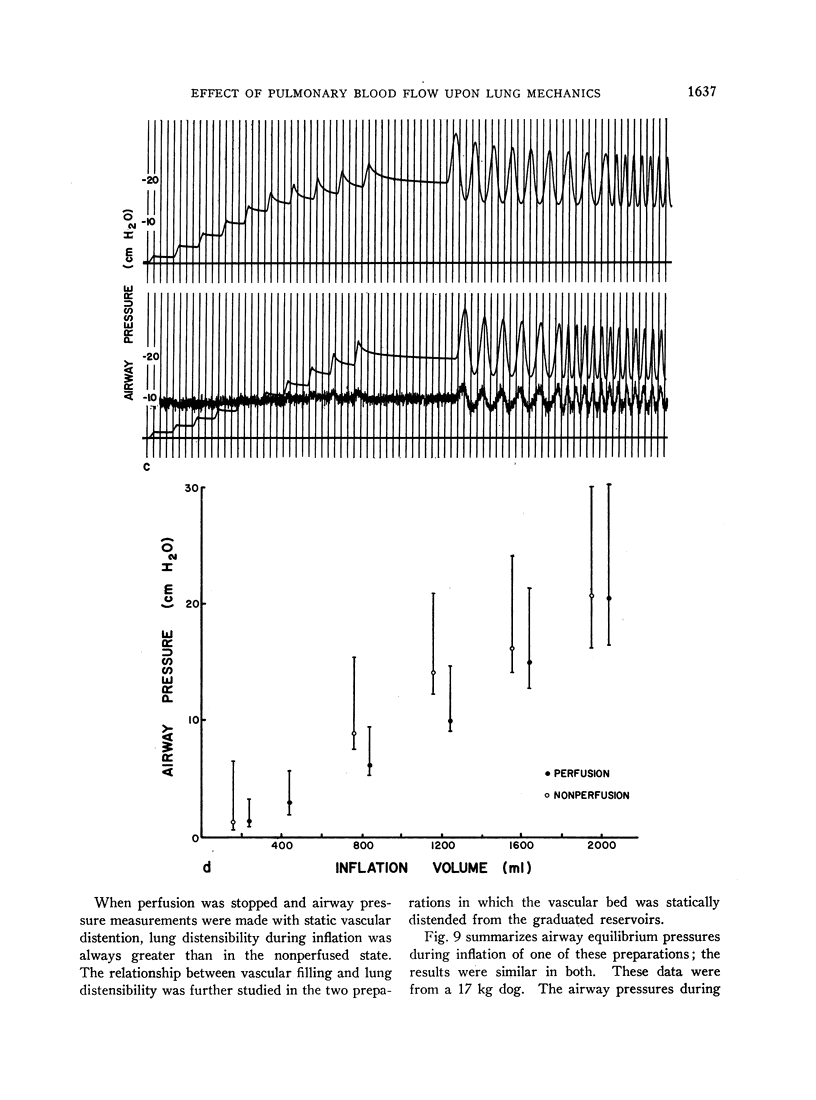
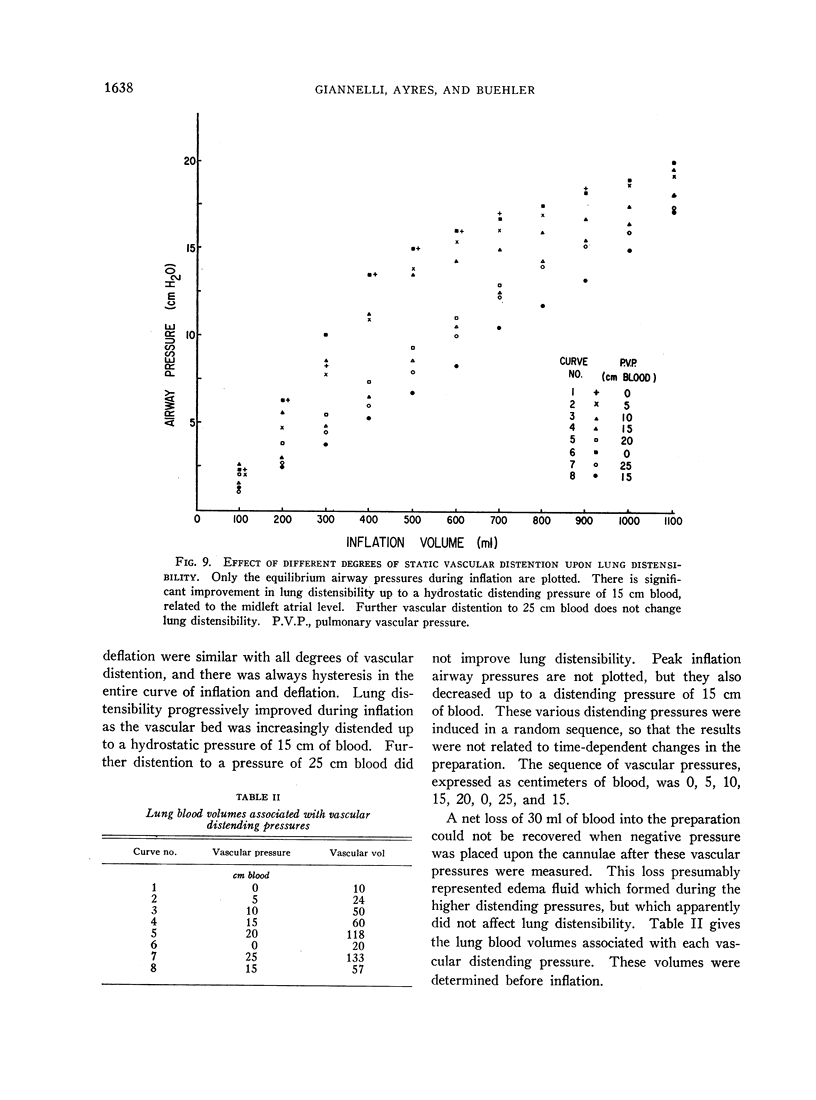
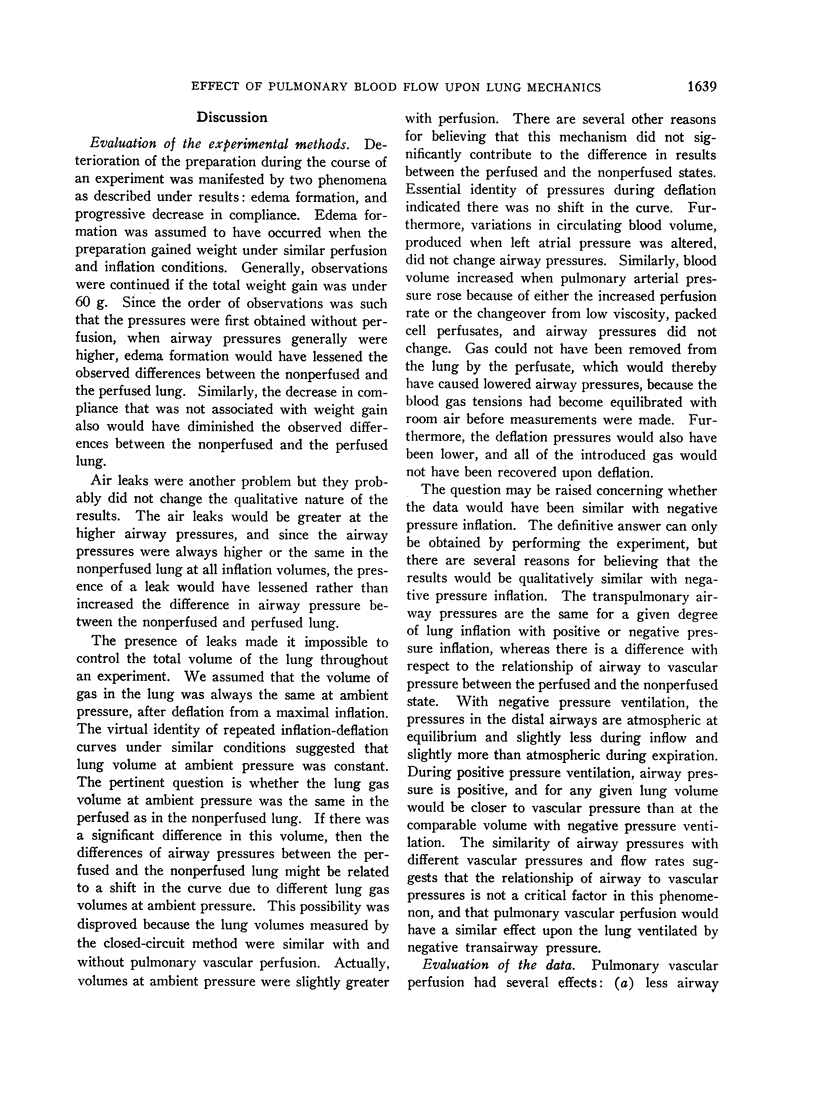
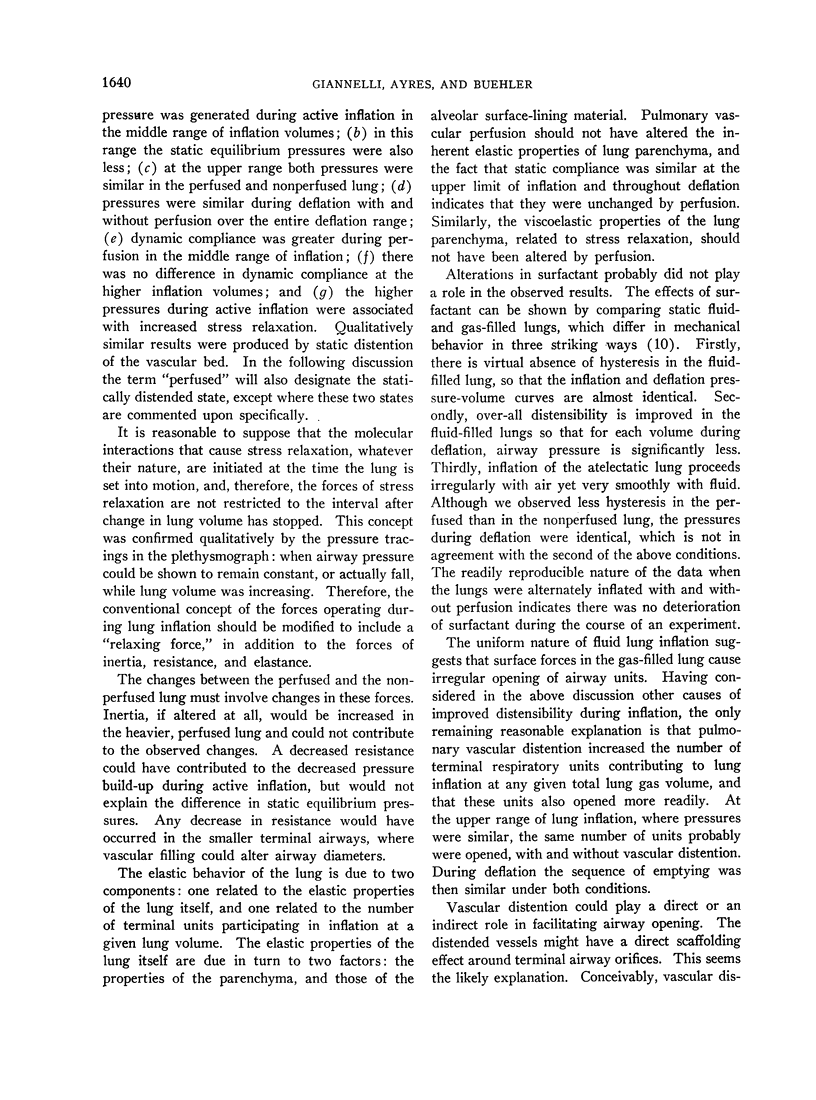

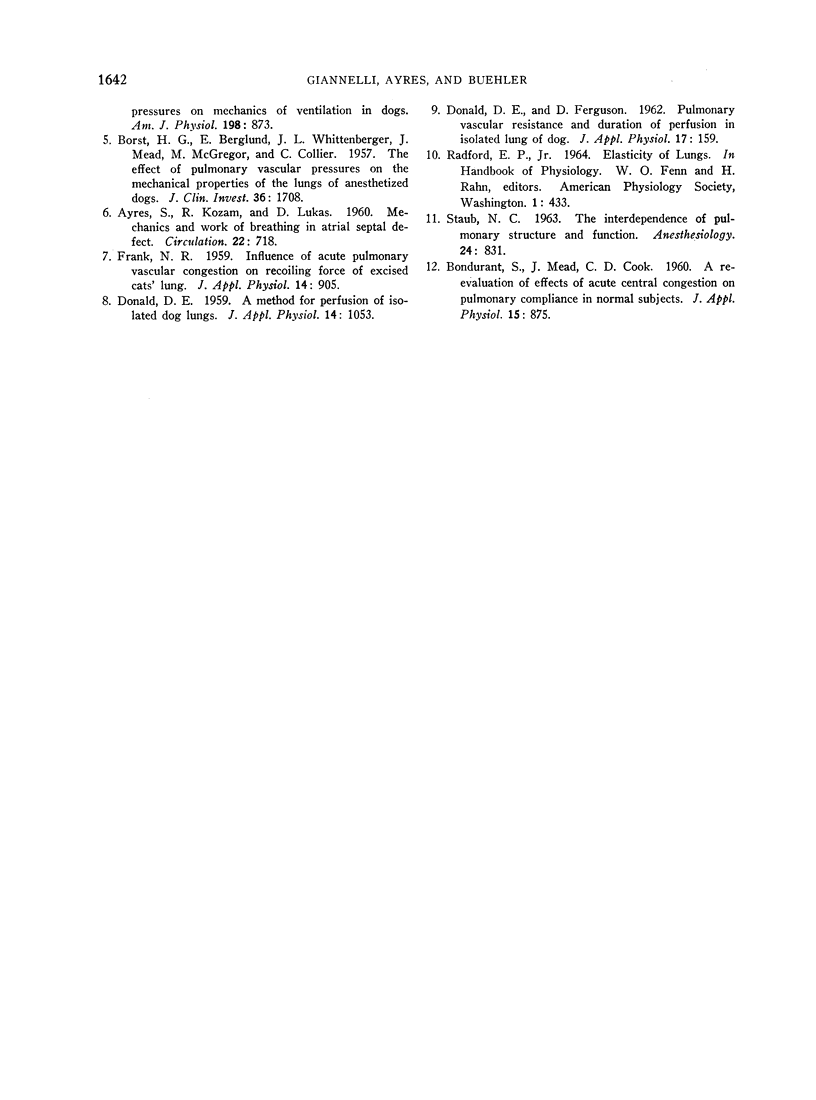
Selected References
These references are in PubMed. This may not be the complete list of references from this article.
- BORST H. G., BERGLUND E., WHITTENBERGER J. L., MEAD J., McGREGOR M., COLLIER C. The effect of pulmonary vascular pressures on the mechanical properties of the lungs of anesthetized dogs. J Clin Invest. 1957 Dec;36(12):1708–1714. doi: 10.1172/JCI103572. [DOI] [PMC free article] [PubMed] [Google Scholar]
- COOK C. D., MEAD J., SCHREINER G. L., FRANK N. R., CRAIG J. M. Pulmonary mechanics during induced pulmonary edema in anesthetized dogs. J Appl Physiol. 1959 Mar;14(2):177–186. doi: 10.1152/jappl.1959.14.2.177. [DOI] [PubMed] [Google Scholar]
- DONALD D. E. A method for perfusion of isolated dog lungs. J Appl Physiol. 1959 Nov;14:1053–1054. doi: 10.1152/jappl.1959.14.6.1053. [DOI] [PubMed] [Google Scholar]
- DONALD D. E., FERGUSON D. Pulmonary vascular resistance and duration of perfusion in isolated lung of dog. J Appl Physiol. 1962 Jan;17:159–161. doi: 10.1152/jappl.1962.17.1.159. [DOI] [PubMed] [Google Scholar]
- FRANK N. R. Influence of acute pulmonary vascular congestion on recoiling force of excised cats' lung. J Appl Physiol. 1959 Nov;14:905–908. doi: 10.1152/jappl.1959.14.6.905. [DOI] [PubMed] [Google Scholar]
- FRANK N. R., LYONS H. A., SIEBENS A. A., NEALON T. F. Pulmonary compliance in patients with cardiac disease. Am J Med. 1957 Apr;22(4):516–523. doi: 10.1016/0002-9343(57)90106-7. [DOI] [PubMed] [Google Scholar]
- LEWIN R. J., CROSS C. E., RIEBEN P. A., SALISBURY P. F. Influence of decreased vascular pressures on mechanics of ventilation in dogs. Am J Physiol. 1960 Apr;198:873–876. doi: 10.1152/ajplegacy.1960.198.4.873. [DOI] [PubMed] [Google Scholar]
- STAUB N. C. THE INTERDEPENDENCE OF PULMONARY STRUCTURE AND FUNCTION. Anesthesiology. 1963 Nov-Dec;24:831–854. doi: 10.1097/00000542-196311000-00014. [DOI] [PubMed] [Google Scholar]


